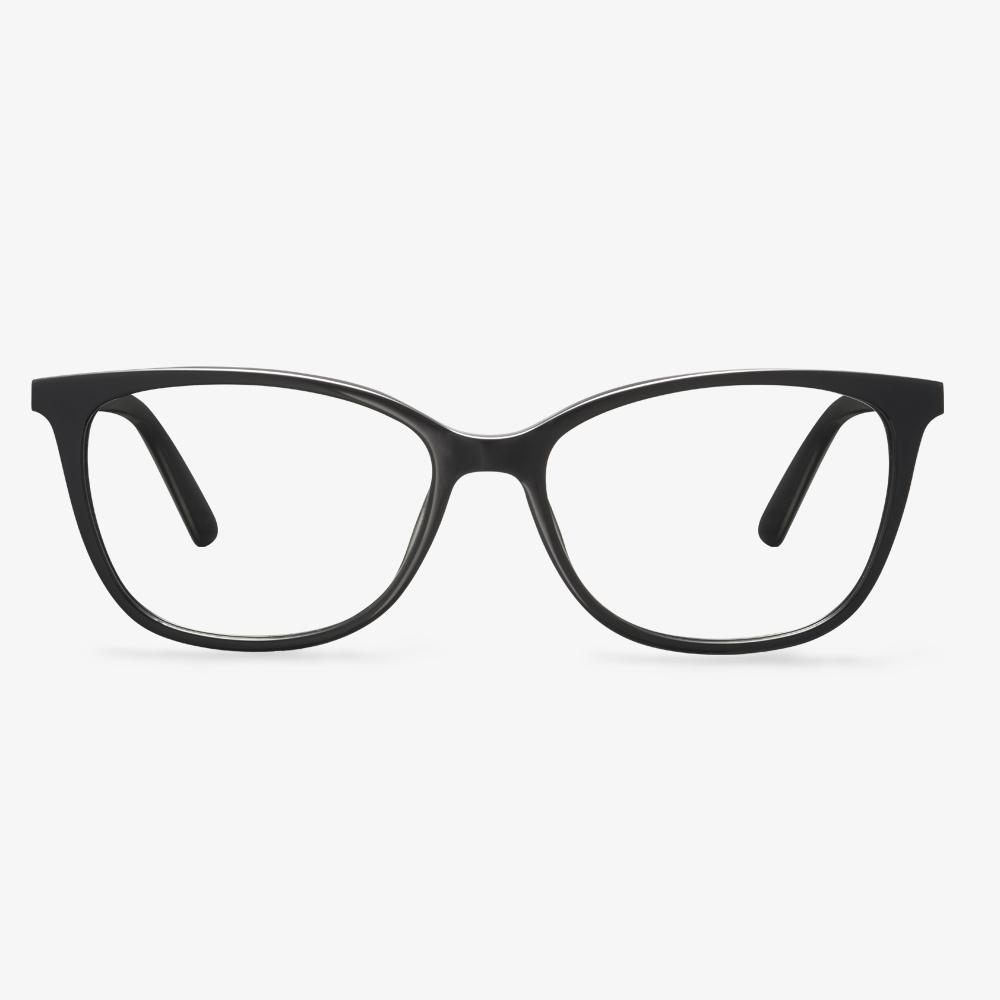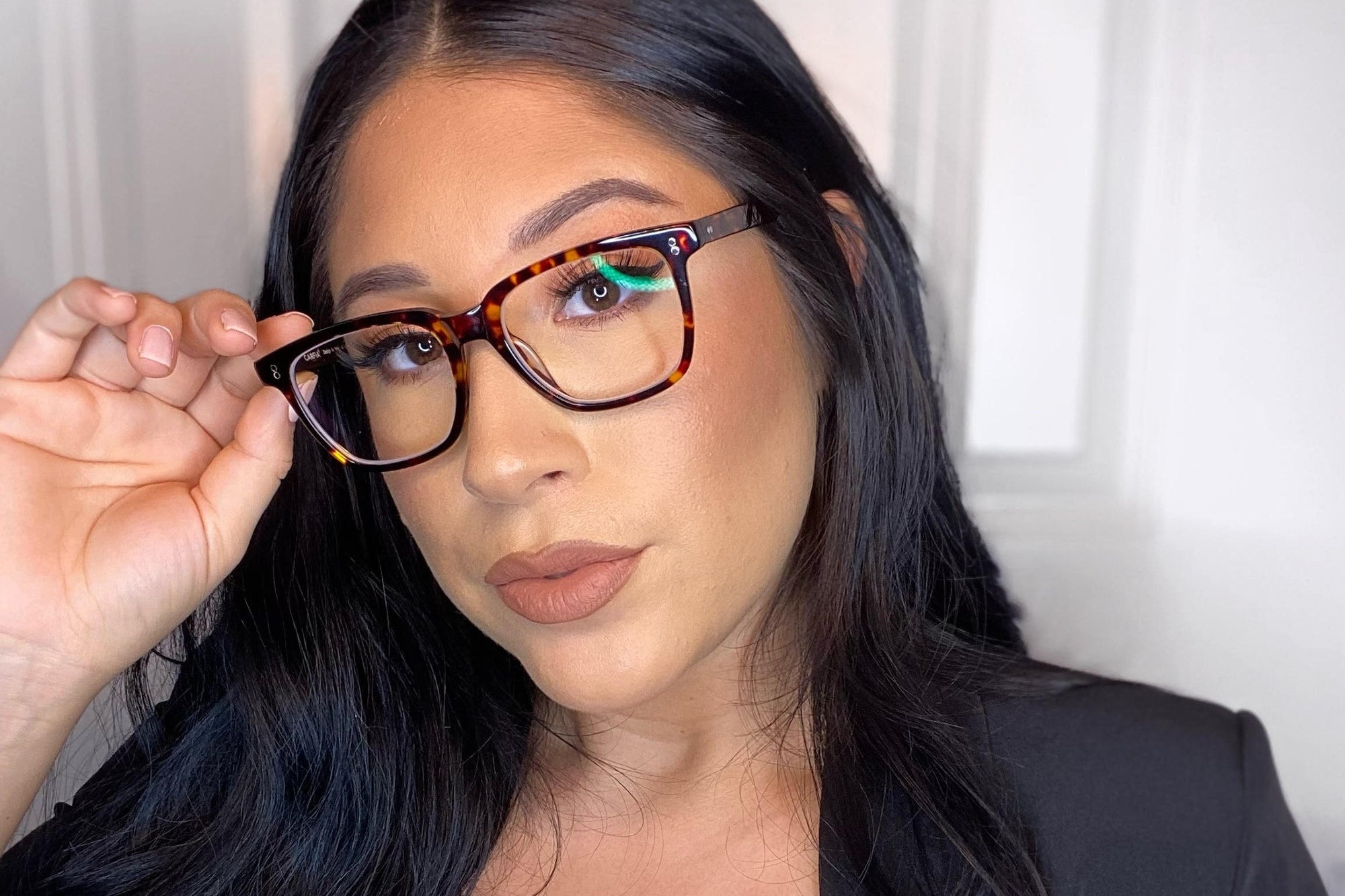How to Combat the Photophobia?
Photophobia can’t be completely prevented, but it can be managed. So, you can try the following suggestions.
- Wear photophobia glasses, computer glasses, or glasses for light sensitivity.
- Choose natural lighting for indoor settings when possible.
- Consider vision therapy.
- Wear blue light blocking glasses.
- Seek medical attention if symptoms worsen.
So, from the above information, you can find that you can wear photophobia glasses to relieve the photophobia. What are the benefits of photophobia glasses.
What are polarized lenses for?
Polarized lenses contain a layer of polarizing plates in which molecular chains form a light-grating structure in which dichromatic pigments, which absorb polarized light, are evenly distributed. A beam of light is absorbed when it vibrates in the same direction as the bars of the molecular chain of the polarized lens. The grating direction formed by the molecular chain of the polarizer is the axial direction of the polarizer, which is generally horizontal. When polarized lenses are worn, they absorb all the light that vibrates horizontally, thus absorbing the glare and preventing it from reaching the eyes.
Magnesium aluminum spectacle frame
One of the characteristics of magnesium-aluminum spectacle frames is that they are resistant to corrosion, sweat and wear. In addition, spectacle frames made of magnesium-aluminum are also rich in color and look very textured, so many business people like to use such spectacle frames to display Its own charm.
Features of acetate frames
These are several powerful attributes of acetate frames, indicating that this material is very unique. The high-quality acetate frame is known for its lightweight, fastness, and thin structure.
- No harm to the environment.
- Made of renewable materials.
- Hypoallergenic.
- Available in various colors.
- Can make exquisite designs.
- Can be adjusted by an optician.
Where can use the glasses emoji?
Glasses emojis are commonly used in glasses-related social media posts and are used to refer to things that have a point of view or demand only a little direction (for example, a museum exhibit, a movie, or a beautiful viewing platform). Although glasses have become a hot fashion accessory in recent decades, they still mean bookish or clever to a certain extent.
Features of Diamond Face Shape
Before proceeding with the glasses for diamond face shape, you need to know how to figure out your face shape and the features of the diamond face shape. This section will list some features of diamond face shape.
One of the most common features of diamond face shape is the presence of angles and pointed features and the widest part of the face is the cheek. And the forehead and the chin appear to give height to the face.
The forehead of the diamond face shape is not broad or wide. The size of the forehead is smaller than the cheeks indicating the upper part of the curve of the diamond. The shape of the cheeks is angular and the angles of the face are the widest feature on the face with the cheekbones placed a little higher. The jawline of the diamond face shape is narrower and is smooth with no angles or pointed features. And the lower part of the face is quite pointed or lacks angular features.
Go to a regular hospital to check your eyes
On the surface, pseudo-myopia is the same as true myopia, that is, looking far away is blurred and near looking clearly. But looking at the essence through the phenomenon, the difference between the two is obvious. The so-called pseudo-myopia is due to frequent incorrect use of the eyes. The ciliary muscles continue to contract and spasm, and they cannot get the rest. And the crystals are also in a state of thickening. In this way, the parallel light from the outside enters the eye, and after the thickened lens chamber is flexed, the focus falls to the front of the retina, and it is naturally unclear to look at things in the distance. During this period, the eyeball has no organic changes. If you can take proper rest and treatment, pay attention to eye hygiene, use your eyes reasonably, and hope to restore normal vision. However, if the false myopia is not corrected and treated in time, it will develop into true myopia over time. There are many ways to treat pseudomyopia, mainly relaxation and adjustment, such as application of cycloplegia, acupuncture, physical therapy, improving the learning environment, paying attention to eye hygiene, and doing eye exercises. If you suspect false myopia, you should go to the hospital for an eye examination as soon as possible.











































